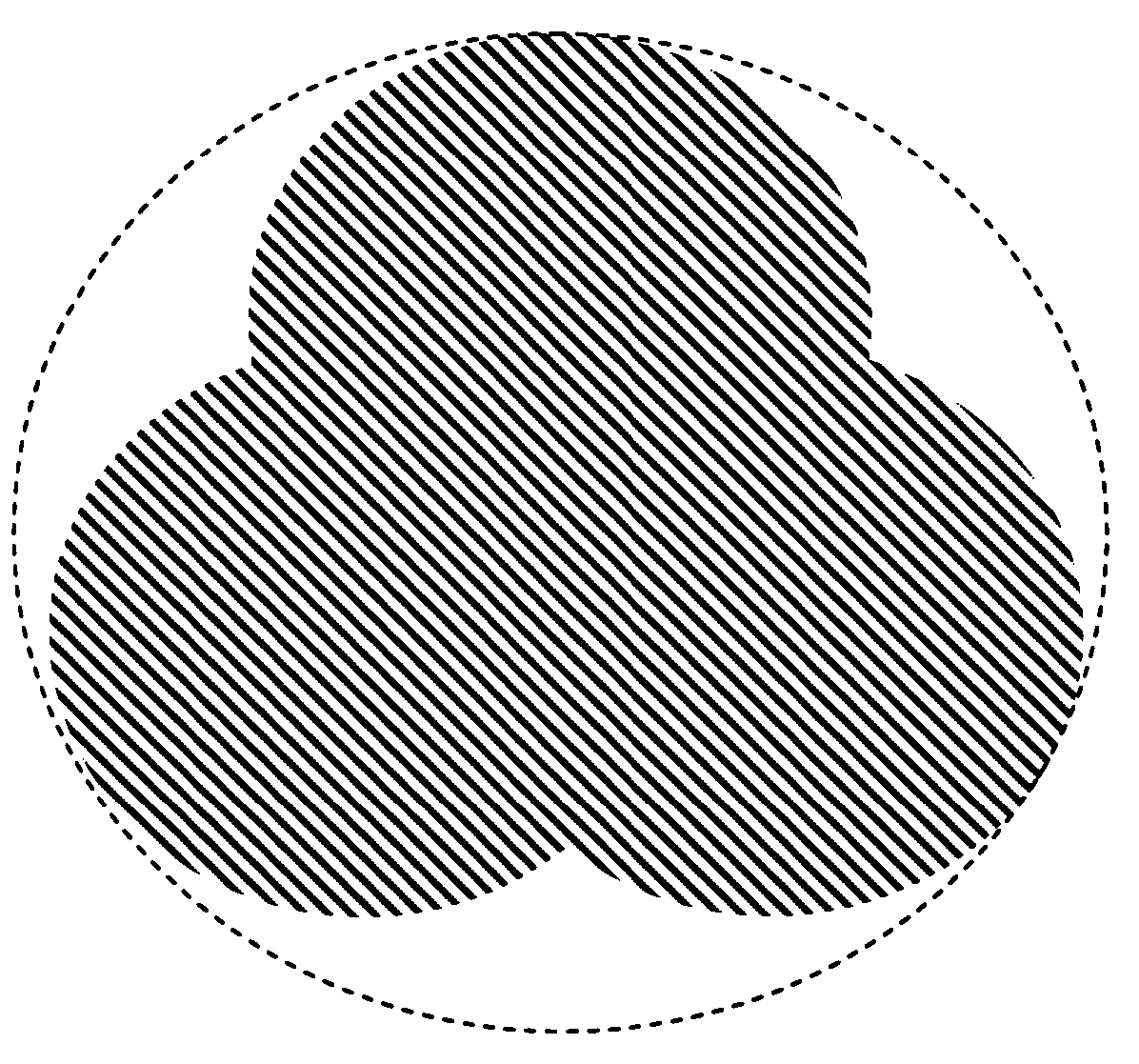Shaped catalysts for transalkylation of aromatics for enhanced xylenes production
a catalyst and aromatic technology, applied in the direction of physical/chemical process catalysts, metal/metal-oxide/metal-hydroxide catalysts, etc., can solve the problems of difficult separation or conversion, and the benzene produced from disproportionation processes is often not sufficiently pure to be competitive in the market, so as to improve the activity of transalkylation toluene and increase the exterior surface area
- Summary
- Abstract
- Description
- Claims
- Application Information
AI Technical Summary
Benefits of technology
Problems solved by technology
Method used
Image
Examples
examples
[0034]The following examples are presented only to illustrate certain specific embodiments of the invention, and should not be construed to limit the scope of the invention as set forth in the claims. There are many possible other variations, as those of ordinary skill in the art will recognize, within the scope of the invention.
example one
[0035]Samples of catalysts comprising mordenite were prepared for comparative pilot-plant testing by the forming process called extrusion. Typically, 2500 g of a powder blend of 25% alumina (commercially available under the trade names Catapal™ B and / or Versal™ 250) and 75% mordenite (commercially available under the trade name Zeolyst™ CBV-10A, which has been ammonium exchanged to remove sodium) was added to a mixer. A solution was prepared using 10 g nitric acid (67.5% HNO3) with 220 g deionized water and the solution was stirred. The solution was added to the powder blend in the mixer, and mulled to make a dough suitable for extrusion. The dough was extruded through a die plate to form extrudate particles. The extrudate particles were dried on a belt calciner operating with a first zone at 340° C. for about 45 minutes and a second zone at 570° C. for about 90 minutes.
[0036]Based on three different die plates, three differently shaped extrudate catalyst particles were prepared. Ca...
example two
[0037]Catalysts A, B, and C were tested for aromatics transalkylation ability in a pilot plant using three different feed blends to demonstrate effectiveness of C9+ conversion as compared to toluene conversion. The test consisted of loading a vertical reactor with catalyst and contacting the feed at 400 psig (2860 kPa abs) under a specified space velocity (WHSV) and hydrogen to hydrocarbon ratio (H2 / HC). Activity was determined by targeting an overall conversion of feedstock based on a reactor temperature measurement. Thus, a lower temperature indicates a catalyst with better activity.
[0038]These three feeds compared toluene against feeds containing C9+. The C9+ component contained about 70 wt-% C9 aromatics and about 30 wt-% C10 aromatics. The results from this test are summarized in the table below indicating equivalent start of run activity at 35 wt-% overall conversion for a feed blend consisting of 15 wt-% C7. Also included are results indicating start of run activity at 50 wt-...
PUM
| Property | Measurement | Unit |
|---|---|---|
| aspect ratio | aaaaa | aaaaa |
| pressure | aaaaa | aaaaa |
| temperature | aaaaa | aaaaa |
Abstract
Description
Claims
Application Information
 Login to View More
Login to View More - R&D
- Intellectual Property
- Life Sciences
- Materials
- Tech Scout
- Unparalleled Data Quality
- Higher Quality Content
- 60% Fewer Hallucinations
Browse by: Latest US Patents, China's latest patents, Technical Efficacy Thesaurus, Application Domain, Technology Topic, Popular Technical Reports.
© 2025 PatSnap. All rights reserved.Legal|Privacy policy|Modern Slavery Act Transparency Statement|Sitemap|About US| Contact US: help@patsnap.com

